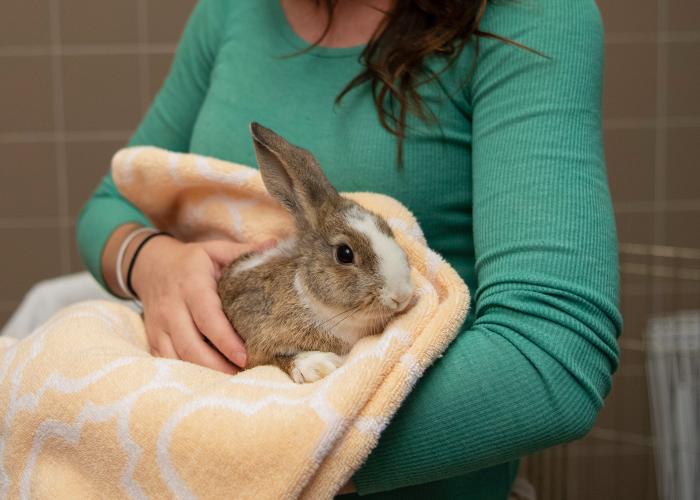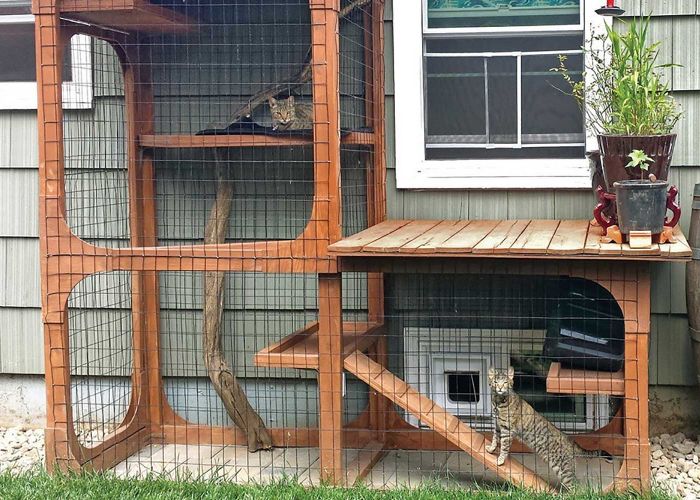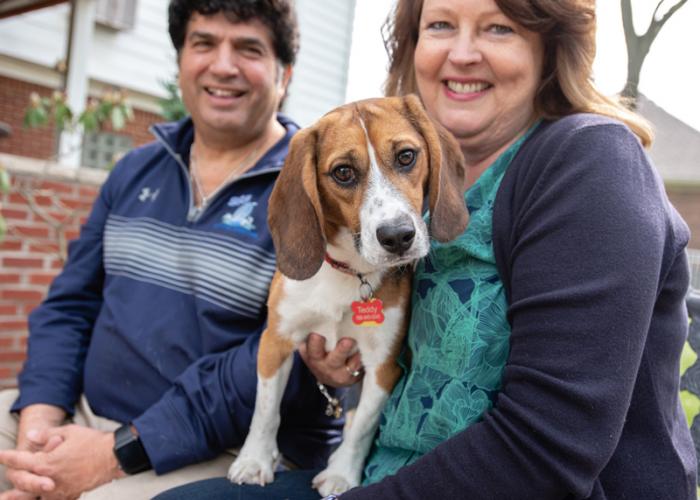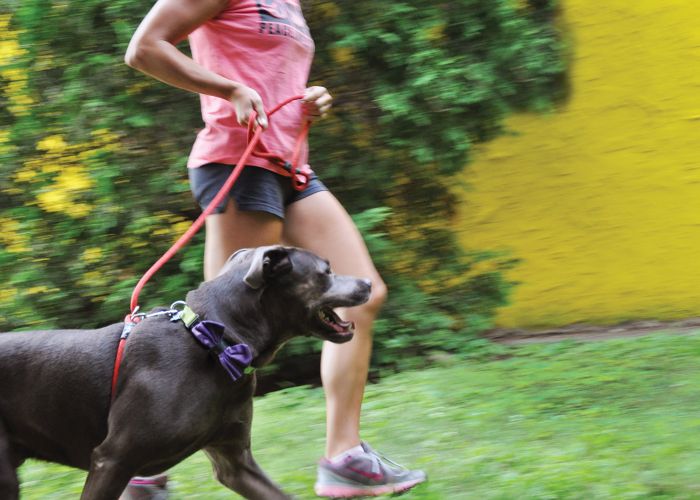Easy riders
When transporting cats, battle stress with familiarity
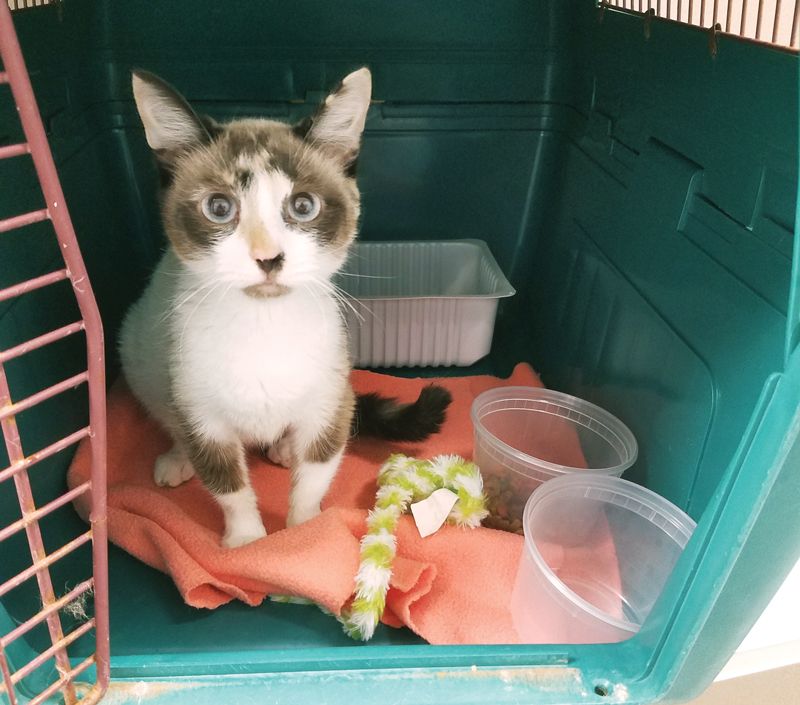
Have you ever seen the internet meme showing how dogs and cats view road trips differently?
The dog sits calmly in a car seat, floating through the bright lights and enticing purple hues of outer space. Meanwhile the cat, with his eyes closed and mouth wide open in terror, desperately sinks his claws into the seat to avoid being sucked into a swirling vortex.
There’s more than a little truth to that, says Sheryl Blancato, executive director of Second Chance Animal Services, a Massachusetts-based nonprofit (formerly known as Second Chance Animal Shelter) that serves as a pit stop for shelter animals moving on to New England groups. When it comes to moving animals from place to place, dogs and cats are just different, she says, with cats tending to get stressed out much more easily and for longer periods of time.
The number of cats being transported to New England from other regions has increased in recent years as the area has seen a decrease in pet overpopulation, Blancato says, and Second Chance staff noticed that more and more incoming cats were breaking with upper respiratory infection (URI), which is often caused by stress.
“What we came to realize was, everybody was transporting the cats the same way dogs are transported,” essentially by placing them in a new kennel and going for a ride, Blancato says.
Recognizing that cats like familiar surroundings and creature comforts, Second Chance developed a simple transport protocol that boils down to “taking everything that they’re used to and making sure it goes with them everywhere,” Blancato says.
For cats living in shelter cages, this could mean replacing their litter boxes and food dishes with disposable versions that fit inside a travel crate. Changes like this should happen at least three days before the scheduled transport, Blancato notes. When transport day comes, shelter staff transfer the cat, along with her litter box, food dishes, bedding and toys, to the crate. The cat stays in the same crate throughout the transport process, and the crate and familiar objects remain with her at the destination shelter.
Second Chance put the protocol in place for local transports and started seeing positive results in the form of less-stressed cats and fewer cases of URI. The group spread the word to its long-distance transport partners (including the ASPCA), and Maddie’s Fund financed a five-minute video “flash class” on the procedure. Blancato reports that Second Chance has seen its incidence of URI in transported cats drop by about 70 percent. She recommends the protocol for short trips between foster home and shelter, as well as for long-distance transports, because “it doesn’t take much” for cats to get stressed.
“It’s making a big difference, because the cats are more comfortable, and so they’re able to be transported and not have the upper respiratory issues, which hold them up for a couple of weeks before they can be adopted,” she says.
The protocol is relatively inexpensive because the receiving shelter typically provides replacement crates to the sending shelter. Takeout soup containers make perfect food dishes, and disposable litter boxes are available in bulk for very little money, says Blancato. And it’s a remarkably commonsense approach. “We always say some of the most complicated problems have the easiest solutions.”


